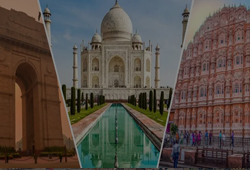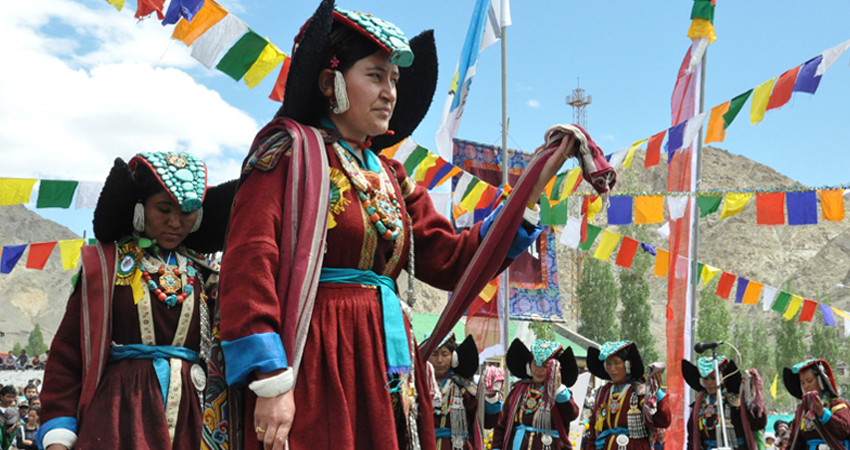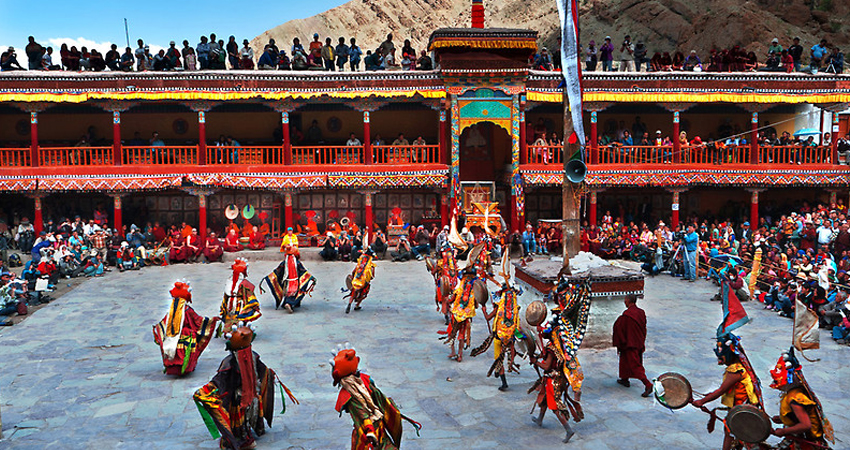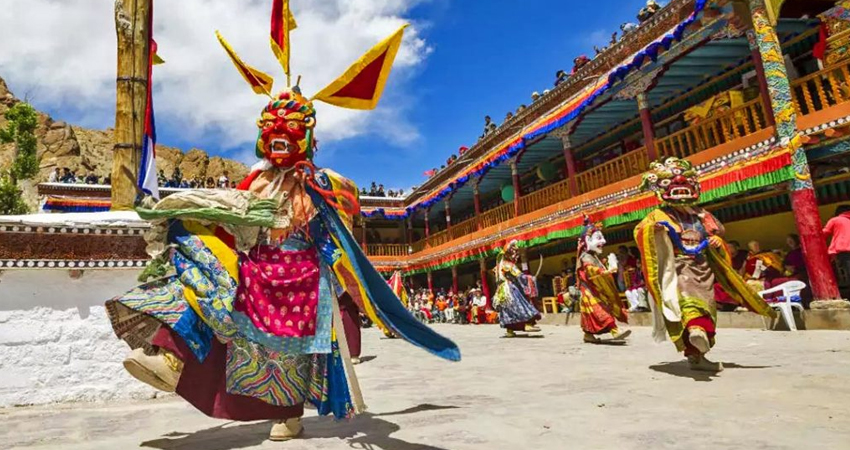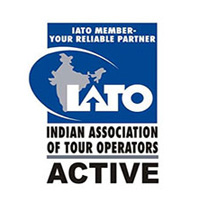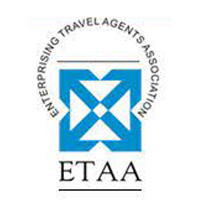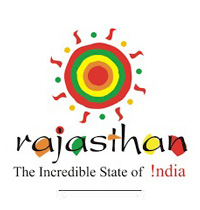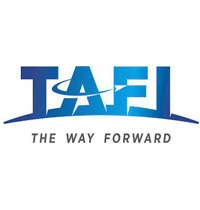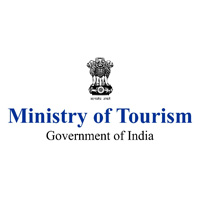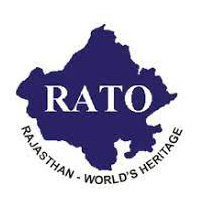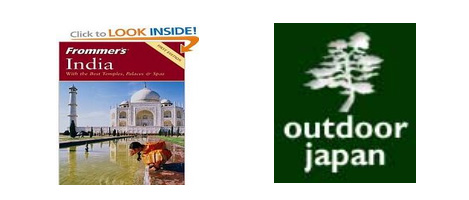-
Day : 1 Delhi - Leh
Transfer to Delhi airport to catch flight for Leh.
Begin your tour.
Arrive into Leh.
Welcome to Vardhman's "Ladakh Cultural Tour"!
On arrival at Leh Airport, you will be met and transferred by Vardhman's representative to your hotel. Complete day for the acclimatization which is 3500 meters above sea level. In the evening take a short walk around Leh bazaar at your own.
Overnight: Hotel.
-
Day : 2 Leh - Sankar Monastery - Leh
Visit to Sankar Monastery in the morning. This monastery belongs to the Gelugpa (Yellow Hat) Sect. In the afternoon visit Leh Palace. Rest of the day at leisure.
Sankar Monastery: It is located at a distance of approximately 3 km from the town of Leh. The Sankar Gompa of Ladakh is a subsidiary of the Spituk Gompa. Belonging to Gelukpa Sect, it is also the official residence of The Kushok Bakul, Ladakh's head of this sect. Sankar Gompa has specific timings for the public, since, out of the 25 monks of the yellow-hat sect attached to it, a few reside here permanently. The entrance of the Dukhang is adorned with the paintings of the Guardian of the Four Directions, on either sides of the door.
Leh Palace: It is situated on the edge of a hill overseeing the town below. It is said to be a miniature version of the Potala in Lhasa. Known as Lhachen Palkhar, the Leh Palace was built in the 17th century by Dharmaraja Singey Namgial. This nine-storied palace took three years to complete. It served as the royal residence until the royal family was exiled to Stok in the 1830s. Now, it houses the Ladakhi branch of the Indian Government's archaeological conservation organization. Leh Palace also houses a museum displaying some exquisite tangkhas (painted or embroidered scrolls) and paintings.
Overnight: Hotel.
-
Day : 3 Leh - Stok - Matho - Leh
Visit to Stok and Matho Monasteries. When monarchy was abolished in Ladakh, the royal family was compensated by the palace in Stok. The palace, built in 1814, houses rare royal ornaments in its museum. The last king of Ladakh died here in 1974. Return to Leh. Afternoon at leisure.
Stok Gompa: Founded by Lama Lhawang Lotus, the Stok Gompa of Ladakh dates back to the 14th century. It is a subsidiary of the Spituk Gompa and belongs to the yellow-hat sect of Buddhism. The entrance verandah of the monastery is adorned with colorful murals of the Guardians of the Four Directions. The recently repainted Dukhang of the Stok Gompa houses a number of banners and thankas. The left wall of the Dukhang has images of Vajrapani (Vajra-in-Hand) and Avalokitesvara (Lord of All He Surveys) in his four-armed manifestation.
Matho Gompa: Located on the opposite bank of the River Indus and was founded in the 16th century by Lama Dugpa Dorje. The monastery houses a rich collection of four hundred years old Thangkas. One of the main attractions of Matho Gompa of Leh Ladakh is Matho Nagrang Festival. This festival is organized every year on the 14th and 15th day of the first Tibetan month. On this day, all the monks take part in the sacred dances.
Overnight: Hotel.
-
Day : 4 Leh-Shey - Thiksey - Hemis-Leh
Full day excursion to the famous monasteries, it is interesting to visit early in the morning to enjoy the praying ceremony at Thiksey monastery. Continue drive to Hemis monastery which is one of the most famous of the Ladakh region. On the way back visit to Shey Palace.
Hemis Gompa: Ladakh's largest monastery. It contains a number of gold statues and Stupas decorated with precious stones and a superb collection of Thankas, including one that is the largest in existence. Hemis gompa is believed to have been established in 1630 by Lama Tagstang Raspa and built by Palden Sara under the patronage of King Sengge Namgyal on a site previously sanctified by the construction of a cave hermitage dating from the 12th century. This monastery is the oldest one in the area belonging to the Kargyu school. The Gompa is a unique example of a monastic complex of this period which manifests in its structure the geomantic principles which underlie religious constructions of this type.
Shey Palace And Gompa : Shey palace with its remarkable statue of Buddha and panoramic views of Indus valley. Situated on a hillock 15 Kms upstream from Leh, it was once the residence of the royal family. According to tradition, it was the seat of power of the pre-Tibetan kinds. A 7.5 mts high copper statue of Buddha, plated with gold and the largest of its kind, is installed here.
Thiksey Gompa : 19 Kms from Leh, spectacularly sited, Thiksey is one of the largest and architecturally most impressive Gompas. There are several temples in this Gompas, containing images, stupas and wall paintings of Buddha, which are exquisite.
Overnight: Hotel.
-
Day : 5 Leh - Likir - Alchi
Leave for Alchi in the morning, via Likir. Upon arrival, check into your hotel. After some relaxation visit Alchi Gompa.
Likir Gompa : The name Likir is a distortion of the word Klu-Kkhyil or "spirits of the water.This 14th Century monastery belongs to the Gelugpa (Yellow Hat) Sect. Also known as the Choes-kor or "religious enclave", the Alchi monastery was built in the 11th Century by a famous scholar, Rinchen Zangpo. The abandoned monastery is maintained by monks from the Likir Gompa. Founded in the 11th century and rededicated to a different monastic order in the 15th century, its earlier Gompa was destroyed in a fire. The present Gompa dated back to the 18th century. Skilled craftsmen producing excellent Thankas, earthen pots and carved wooden folding stools, live here in the village. Majestically situated, Likir commands a spectacular view. A magnificent giant Jupiter tree, one of the few survivors of its species, stands in the courtyard.
Alchi Gompa : Alchi has murals which predate the Tibetan style of painting, along with Tabo (Spiti Valley) and Phugtol Gompa (Zanskar Valley). The murals are the sole survivors of a style of painting prevalent in the first millennium. 70 Kms from Leh, on the banks of the Indus, is the Alchi Gompa dating a thousand years back. One of its walls features thousands of miniature sized pictures of the Buddha. Three large sized images made of clay and painted brightly are its focal attractions. No longer an active religious center, it is looked after by monks from the Liker monastery. This is the only monastery amongst 34 monasteries, which is not located on a hilltop.
Overnight: Hotel.
-
Day : 6 Alchi - Rizong - Lamayuru - Alchi
This morning after breakfast proceed to visit Rizong Monastery and Lamayuru.
Rizong Monastery: It is built by the great Lama Tsultim Nima, it dates back to the year 1831. Approximately 40 monks reside in the Rizong Gompa of Ladakh, which belongs to the Tsongkhapa Order. The successive reincarnations of Lama Tsultim Nima and his son, Sras Rinpoche, serve as the incumbents of the monastery. The inmates of the Rizdong Monastery of Leh Ladakh are permitted to have only religious robes and books with them.
Lamayuru: Situated on a drained lake the monastery at Lamayuru is known for its scenic beauty. The monastery is the oldest in Ladakh, dating before the 10th Century, and is built on a sacred Bon (the pre-Buddhist religion) site. Lamayuru used to be an asylum for criminals, though not any longer! is situated at a distance of approximately 127 km to the west of Leh. The legend associated with this monastery goes that at the time of Sakyamuni (the Historical Buddha), nags (holy serpents) used to live in a Lake at the present day Lamayuru's valley. It was the prediction of the Bodhisattva Madhyantaka that the lake would get drained out, making the place for the construction of a monastery. It is further believed that in 11th century, Mahasiddhacharya Naropa, Indian Buddhist scholar, meditated for many years in a cave in Dukhang, still seen today.
Return to the hotel in Alchi for an overnight stay.
Overnight: Hotel.
-
Day : 7 Alchi - Da Hana - Alchi
Drive back along the Leh-Srinagar highway towards Da Hana.This Dardi village lies very close to the Indo-Pakistani border. The Dard tribesmen are one of the purest Aryan tribes in the region.
Return back to the hotel in Alchi for an overnight stay.
Overnight: Hotel.
-
Day : 8 Alchi - Phyang - Spituk - Leh
On the day 8 of your tour drive back to Leh. En route visit the picturesque Phyang Gompa and Spituk.
Phiyang Gompa : 17 Kms from Leh on the Leh-Kargil road, it looks like a huge palace from afar, build by Tashi Spituk Monastery: Namgyal in the later half of the 16th century AD, it belongs to the Red Cap sect of Buddhists. Hundreds of icon of Buddha and other gods are kept on wooden shelves.
Spituk Monastery: It is situated at a distance of approximately 8 km from the town of Leh. Towering over a conical, the 3-chapel monastery dates back to the 11th century, when it was founded century by Od-de, the elder brother of Lha Lama Changchub Od. He was the one to introduce a monastic community here. When a translator, Rinchen Zangpo, came to this place, he said that an exemplary religious community would develop there. This statement led to the naming of the monastery as Spituk, meaning Exemplary.
Upon arrival, check into your hotel for an overnight rest.
Overnight: Hotel.
-
Day : 9 Leh - Taktak - Chimre - Leh
Drive along the Leh-Manali road to Chimre Gompa.Taktak is a Nhyingma (Old Sect) monastery. Guru Padmasambhava is said to have meditated in a nearby cave. Chimre Gompa is brilliantly located high on a moutain , boasting statues of holy Padmasambhava.
Return to Leh hotel by the evening.
Overnight: Hotel.
-
Day : 10 Leh - Khardung - La-Leh
Full day excursion to the World Highest Motorable road (5602 Mts) Khardungla pass. Evening explore Leh bazaar for souvenir, visit Leh Jokhang or Leh Mosque by foot.
Khardungla Pass : The road journey to Nubra valley leads through Khardung La pass (The highest Motorable road in the world) 18,390 ft. around 39 Kms. Away from Leh. There are two checkpoints on the both sides of the pass. Khardong is the first village of Nubra valley at higher altitude than Deskit and other villages
Overnight: Hotel.
-
Day : 11 Leh - Delhi
This morning after breakfast transfer to Leh airport to board your flight to Delhi. On arrival at Delhi Airport transfer to international airport to board flight for onward journeys with sweet and pleasant emories of your "Ladakh Cultural Tour" escorted by Vardhman Vacations.

